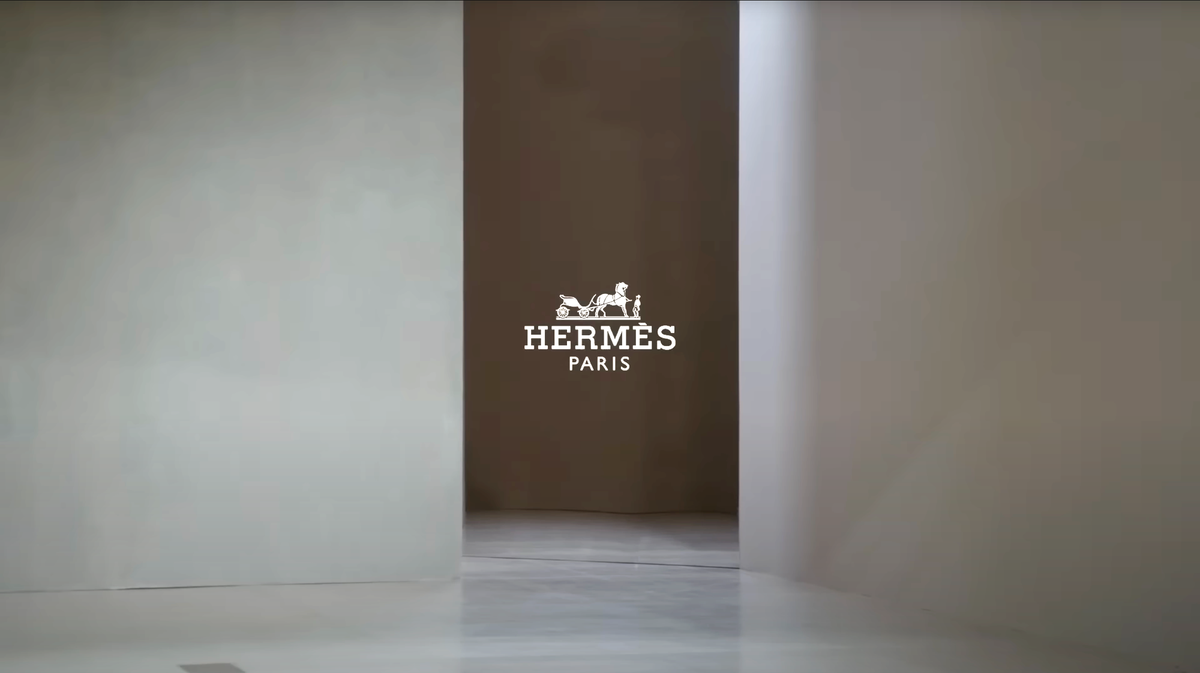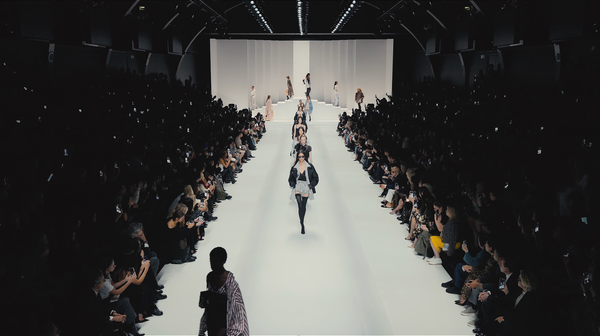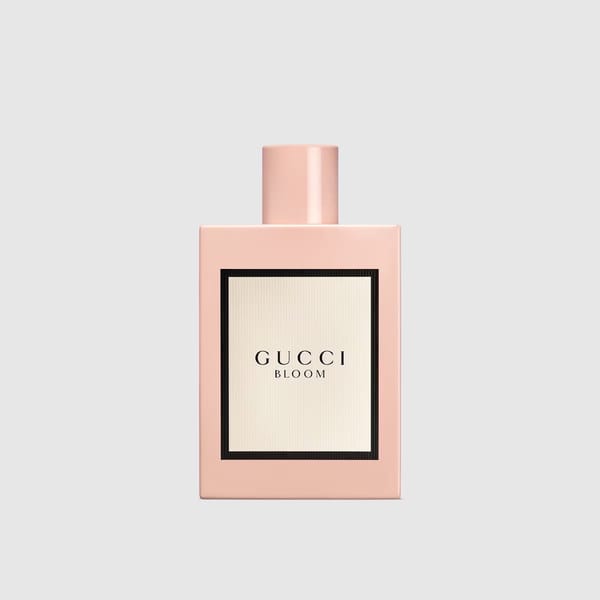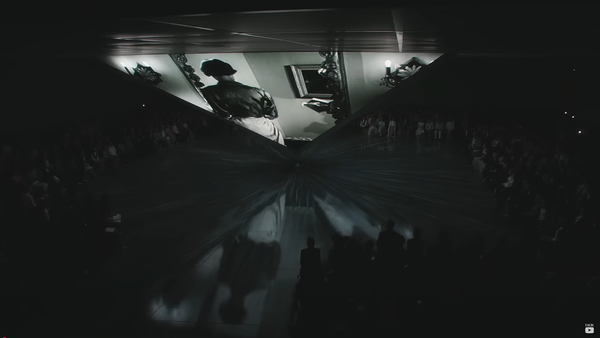Tiffany & Co.: A True Blue
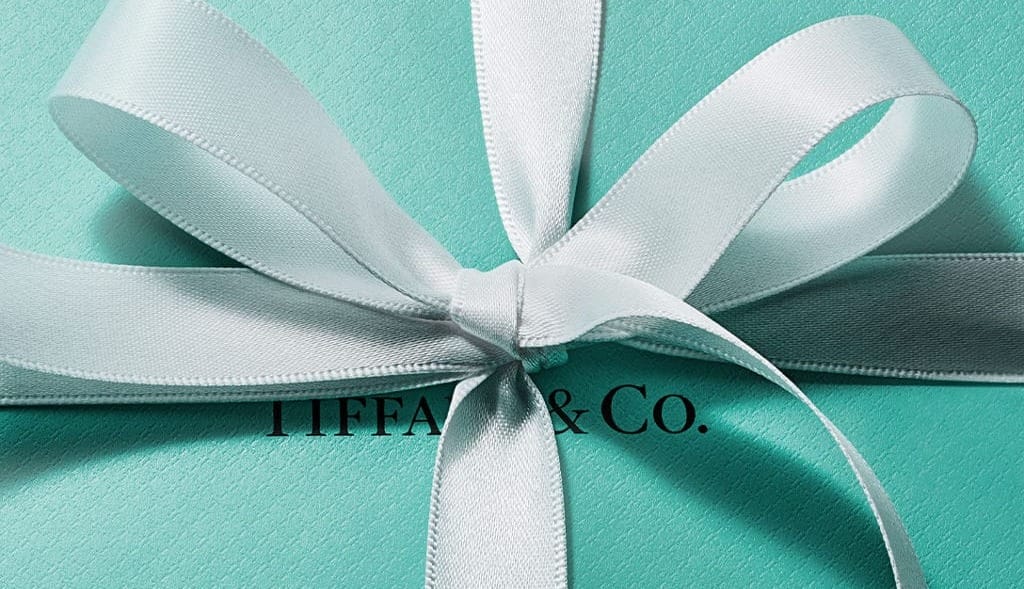
When Blue Becomes an Icon: The Story Behind Tiffany’s Signature Hue
A Brief History
Founded in 1837 by Charles Lewis Tiffany in New York, Tiffany & Co. is one of the world’s most prestigious houses for jewelry and accessories. Tiffany & Co. Over time, it became a house of American luxury—renowned not only for its diamonds and silver but also for its mastery of branding.
What set Tiffany apart early on wasn’t just the sparkle of its gems—it was the feeling it created around them. From its Fifth Avenue flagship to its cinematic moment in Breakfast at Tiffany’s, the brand built a cultural mythology: elegance rooted in aspiration.
The Patented, Distinctive Color
In 2001, Tiffany & Co. took the bold step of patenting its signature hue—Tiffany Blue®—through a custom Pantone shade, 1837 Blue, named for the year of the brand’s founding. This move cemented what had already become one of the most recognizable brand signatures in the world.
Unlike logos or slogans that can be easily adapted, color holds a psychological permanence. The Tiffany Blue box doesn’t need a name stamped across it; it is, by itself, the brand.
Owning a color is both a legal and emotional act. In Tiffany’s case, it was the ultimate claim to distinctiveness. While many luxury brands rely on monograms, emblems, or typography, Tiffany relied on something simpler—yet infinitely more difficult to replicate.
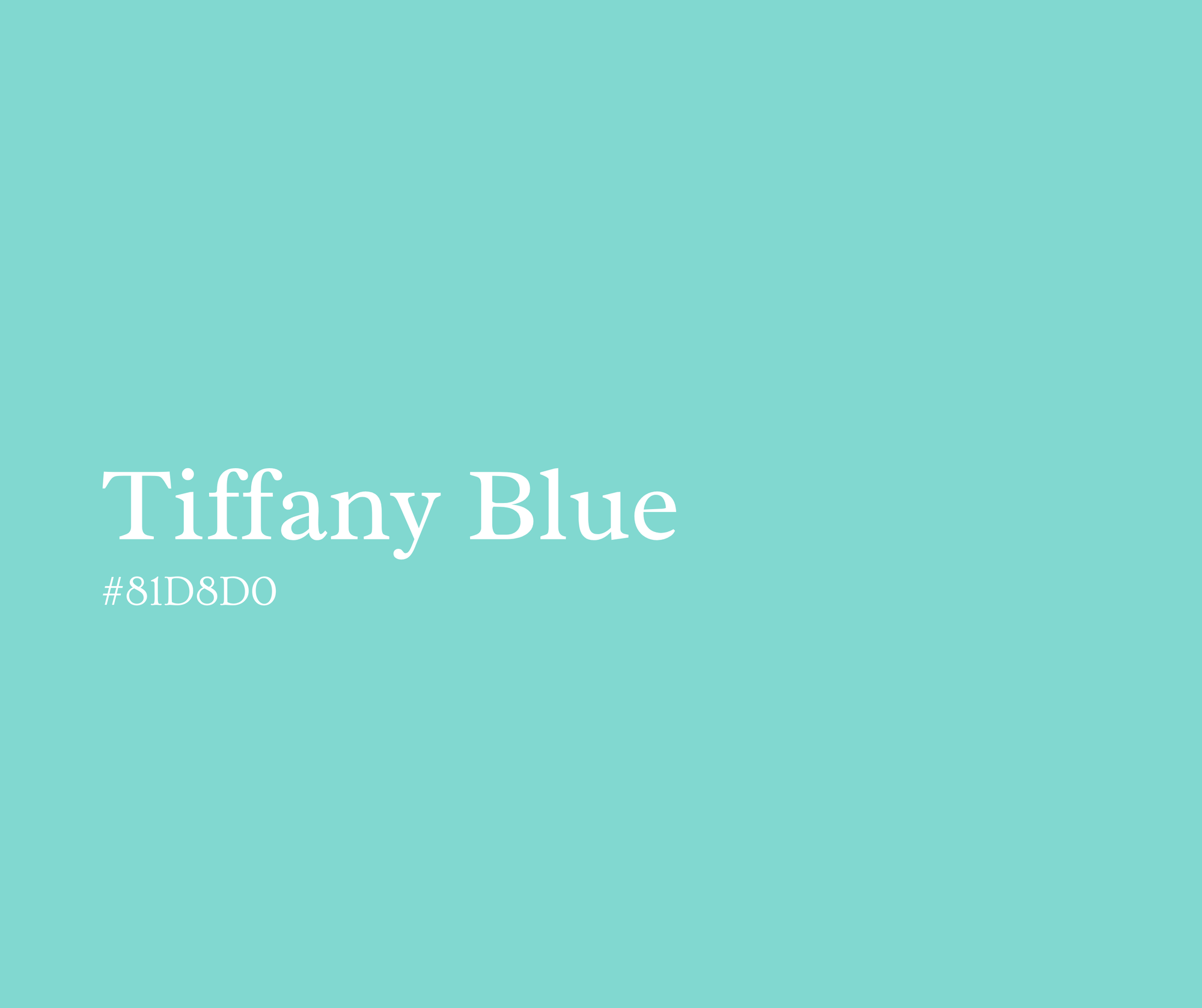
The Meaning of Blue
Color is not just visual—it’s emotional. Across cultures, blue carries layered symbolism: trust, loyalty, stability, calm, and even transcendence. It’s the color of the sky and sea—expansiveness and depth. Psychologically, it resonates with assurance: the sense that what is in front of you is timeless and dependable.
By aligning with this shade, Tiffany didn’t just build a brand—it branded a feeling. The Tiffany Blue box became shorthand for elegance, anticipation, and ritual. To receive a Tiffany & Co. box was to experience the thrill of not just a gift, but a promise.
The Craft of Tiffany Jewelry
Beyond the allure of its color, Tiffany’s reputation rests on craftsmanship. From the very beginning, Charles Lewis Tiffany placed emphasis on not only sourcing the finest diamonds, gemstones, and material but also on creating pieces with an unmistakable American clarity of design.
Tiffany jewelry is often defined by clean lines, precise settings, and a dedication to letting the stone(s) speak for itself—rather than an overwhelming feeling of embellishment.
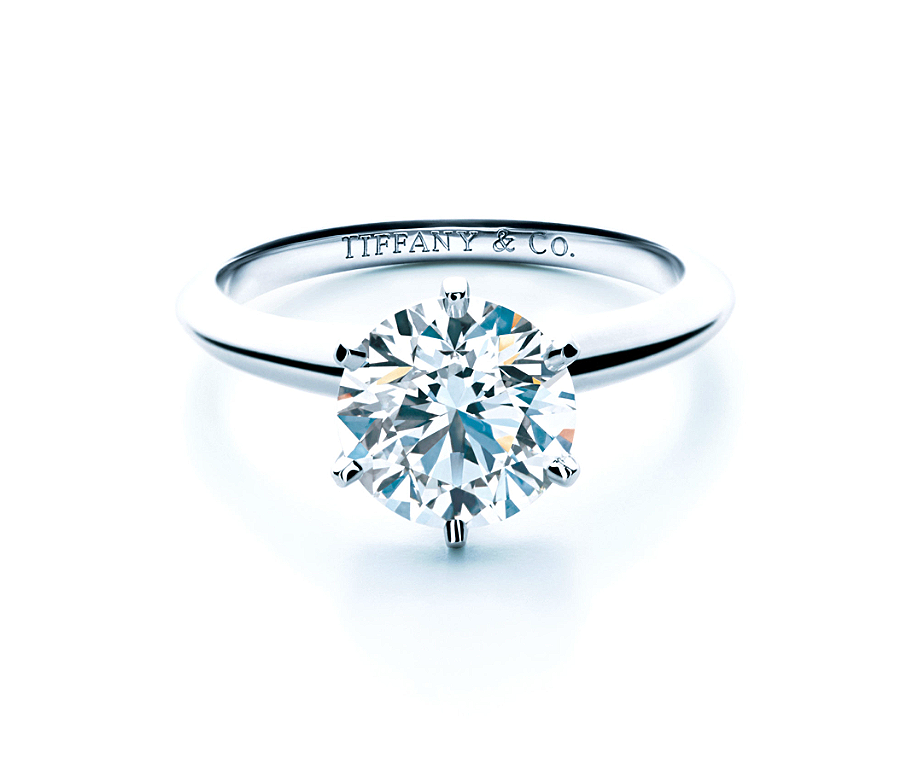
Their six-prong diamond engagement ring setting—introduced in 1886—revolutionized jewelry design by lifting the diamond above the band to maximize brilliance and light. Tiffany & Co. This innovation, among others, established Tiffany’s reputation for blending artistry with technical mastery. Unlike many heritage jewelers that lean heavily into ornate European traditions, Tiffany & Co. forged its own identity: understated, modern, but uncompromisingly elegant.
Their powerful balance of innovation and timelessness has continuously set Tiffany apart in a saturated market of luxury jewelers.
Editor's Note:
I am deeply humbled and grateful to own various pieces of Tiffany & Co. jewelry—from engagement rings and wedding bands to bracelets. My pieces are more than just objects—their embodiments of romance and elegance.
Why Tiffany & Co. Altogether Works
Combining an unforgettable signature blue with sharp designs in valuable, distinctive jewelry, Tiffany & Co. embodies the definition of luxury. Aside from luxury branding—that often desires to create distance in exclusivity, rarity, the unattainable—Tiffany Blue elevates its image through particularity. Unlike the bold reds used by Valentino or the sleek blacks of Chanel, Tiffany’s blue speaks of pure serenity to present a proper, graceful presentation from advertisement to their jewelry in-hand.
Patenting the color was not just a legal safeguard—it was a recognition of how Tiffany & Co. desired to be identified in the modern luxury world. Where most brands vie for attention, Tiffany & Co. allowed color to do the work of heritage and distinction—embracing the specific associations given: loyalty, elegance, trustworthiness, and romance.

[Previous Revision] - Hermès Men’s Summer 2026—A Race That Never Began
